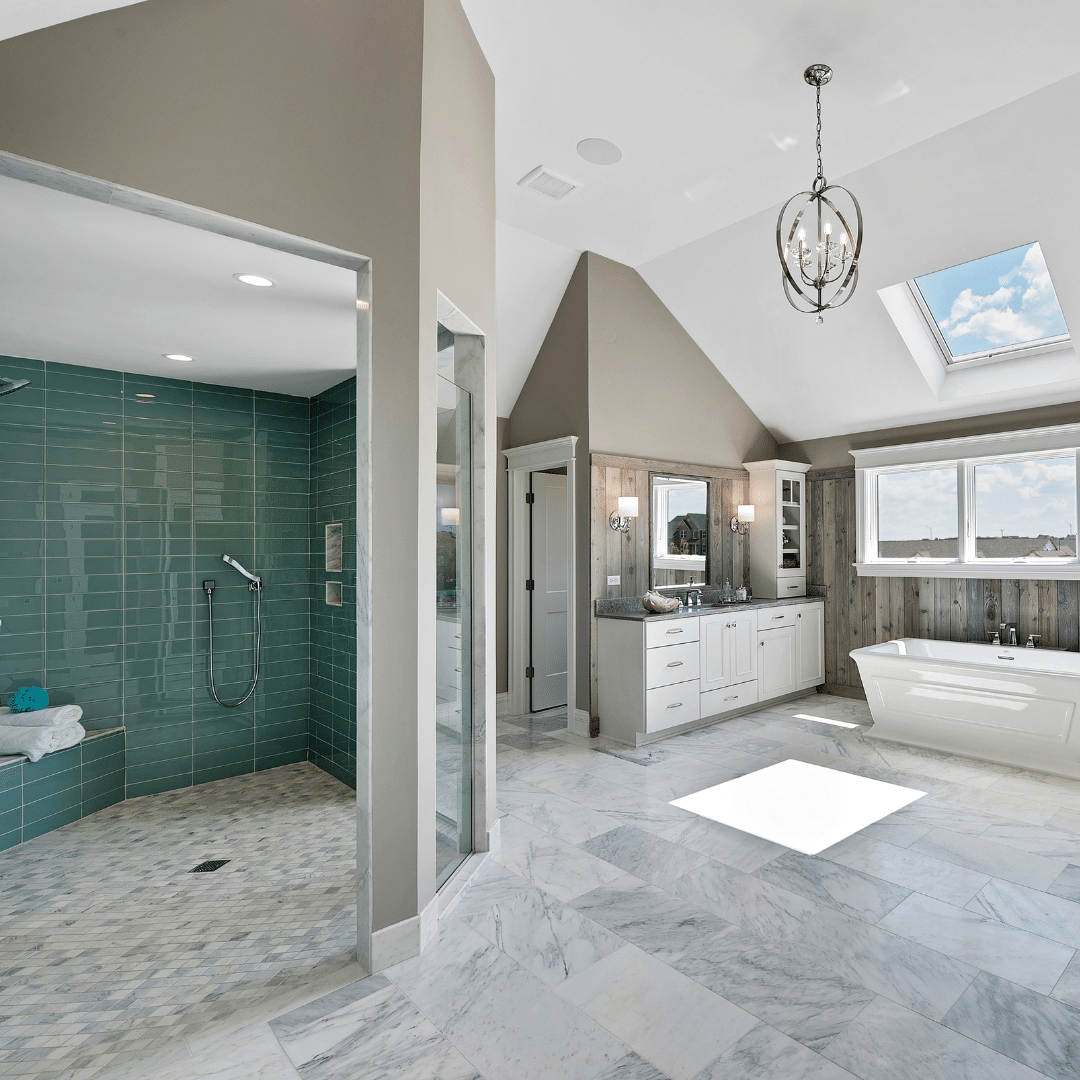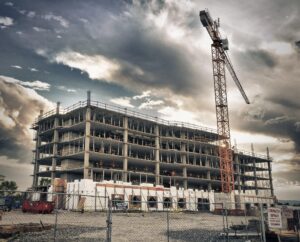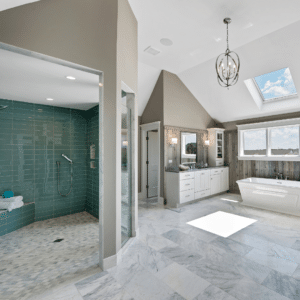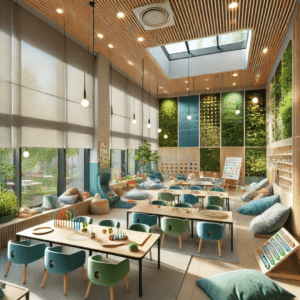Many homeowners desire to maintain their independence as they age, but their current living spaces may not support long-term safety and accessibility. Best home renovations for aging in place focus on enhancing comfort, mobility, and security, ensuring a seamless transition into later years. This article will guide you through essential modifications to create a home that adapts to your evolving needs.
Best home renovations for aging in place include bathroom modifications such as walk-in showers and grab bars, widened doorways for wheelchair accessibility, non-slip flooring to reduce fall risks, improved lighting for visibility, stairlifts or ramps for mobility, smart home technology for safety, and first-floor bedroom and bathroom additions for convenience.
- The Core Concept of Aging in Place: Adapting Without Relocating
- Essential Home Renovations for Aging in Place
- Multi-Generational Living: Expanding Spaces for Family Support
- Enhancing Comfort and Accessibility for Aging in Place
- Practical Strategies to Plan for Aging-in-Place Renovations
- A Home That Supports Independence for Years to Come
Key Takeaway:
- Best home renovations for aging in place allow homeowners to remain in familiar surroundings while ensuring long-term safety and accessibility.
- Prioritize renovations that prevent falls and enhance mobility for a safer, more functional home.
- Multi-generational home additions allow aging parents to stay close to family while preserving independence.
- Thoughtful home renovations for aging in place go beyond safety, incorporating smart technology, accessible materials, and expert design to enhance long-term comfort and independence.
- A phased approach ensures that the best home renovations for aging in place are implemented efficiently and cost-effectively.
These renovations can significantly improve quality of life and help homeowners stay in familiar surroundings. Keep reading to explore practical ways to implement these upgrades and make aging in place a safe and comfortable reality.
The Core Concept of Aging in Place: Adapting Without Relocating
Aging in place allows homeowners to modify their existing spaces rather than relocate to assisted living. According to AARP, 75% of adults aged 50 and older prefer to stay in their homes as they age.
However, many are concerned that their current living spaces may not meet their future needs. Renovating for aging in place is about more than convenience—it ensures long-term functionality. Modifications like step-free entryways, improved lighting, and adaptable living areas provide comfort and independence without the disruption of moving.
For many, aging in place means staying close to family, maintaining a familiar residential environment, and avoiding the costs of assisted living facilities. With the right approach, any home can be transformed into a safe and supportive space for long-term living.
Essential Home Renovations for Aging in Place
Creating a safe and accessible home environment is a priority for home renovations for aging in place. Falls are a leading cause of injury-related emergency room visits for older adults, and one in four Americans over 65 falls each year, according to the National Institute on Aging. Thoughtful design modifications can prevent accidents, improve mobility, and allow homeowners to maintain their independence. Key home modifications for safety and accessibility:
- Bathroom upgrades – Walk-in showers, grab bars, and non-slip flooring reduce fall risks.
- Step-free entryways – Ramps and zero-threshold doors eliminate trip hazards.
- Wider doorways and hallways – Ensure mobility aids can pass through without obstruction.
- Lighting improvements – Motion-sensor lighting and brighter fixtures enhance visibility.
- Stair solutions – Stairlifts or home elevators provide multi-level access.
- Handrails and grab bars – Provide stability in stairways and high-risk areas.
- Lever-style door handles – Easier to operate than traditional knobs.
- Clutter-free layouts – Reduce tripping hazards and improve overall navigation.
A well-planned home environment prioritizes both safety and functionality while maintaining an inviting atmosphere. By working with architects who specialize in home renovations for aging in place, homeowners can seamlessly integrate accessibility features without compromising style or comfort.
Multi-Generational Living: Expanding Spaces for Family Support
For some homeowners, home renovations for aging in place include creating spaces that allow them to live near loved ones while maintaining their independence. Multi-generational housing is becoming more common, with 7.2% of U.S. homes classified as multigenerational, according to the 2020 Census. This arrangement provides both companionship and practical support, ensuring older adults can receive assistance when needed without sacrificing autonomy.
Mother-daughter additions or in-law suites offer separate yet connected spaces designed for comfort and accessibility. These expansions typically feature private entrances for independence, accessible kitchens and bathrooms for self-sufficiency, and flexible layouts that can adapt to changing mobility needs. By designing homes with multi-generational living in mind, families can create long-term solutions that balance privacy and support.
Enhancing Comfort and Accessibility for Aging in Place
Beyond safety features, home renovations for aging in place should enhance comfort, efficiency, and long-term usability. Flooring choices like slip-resistant tile, low-pile carpet, and matte-finish countertops reduce fall risks and glare. Smart home technology, including voice-controlled lighting, automated thermostats, and video doorbells, improves convenience and security. Storage solutions such as pull-down closet rods and D-shaped cabinet pulls make daily tasks easier.
Exterior upgrades like covered entryways, widened pathways, and automatic door openers enhance accessibility. HVAC improvements, including air filtration systems and radiant floor heating, support a healthier home. Hiring an architect ensures these modifications blend seamlessly into the home’s design, maintaining both style and functionality while preparing the space for evolving needs.
Practical Strategies to Plan for Aging-in-Place Renovations
Planning renovations in stages makes the process manageable while ensuring key upgrades are implemented as needed. Here are smart planning approaches to consider:
- Prioritize renovations in phases – Start with immediate safety needs like grab bars and non-slip flooring.
- Incorporate aging-in-place features during other remodels – Choose accessible designs when updating kitchens or bathrooms.
- Leverage existing spaces – Convert an unused room into a first-floor bedroom for convenience.
- Choose adaptable solutions – Reinforce walls for future grab bar installation or opt for adjustable height countertops.
- Consult an architect early – A strategic plan ensures efficient and cost-effective modifications.
By taking a proactive approach, homeowners can gradually create an aging-friendly environment while maintaining their home’s aesthetic and functionality.
A Home That Supports Independence for Years to Come
Aging in place is about more than just staying in one’s home—it’s about ensuring a high quality of life in a safe, comfortable, and accessible space. With the right modifications, homeowners can maintain their independence, reduce safety risks, and enjoy peace of mind knowing their home is designed to meet their evolving needs. From mother-daughter additions to essential safety upgrades, there are many ways to create a supportive living environment.
Creating a home that supports aging in place requires thoughtful planning and expert design. At Guzzo Architects, we specialize in designing functional, stylish, and future-ready spaces that enhance safety, accessibility, and comfort. Contact us at 201-939-1446 today to discuss your vision and discover how we can transform your home to meet your evolving needs while maintaining its beauty and value. Let’s design a space that allows you to live comfortably and independently for years to come.
What are the best door modifications for aging in place?
Wider doorways, at least 36 inches wide, allow easier access for wheelchairs and walkers. Lever-style handles replace traditional knobs for effortless operation. Pocket doors and automatic openers improve accessibility in tight spaces. These upgrades make movement between rooms smoother and are essential for home renovations for aging in place.
What type of furniture is best for aging in place?
Furniture should prioritize stability, ease of use, and comfort. Chairs and sofas with firm cushions and higher seat heights make sitting and standing easier. Rounded furniture edges reduce injury risks, while adjustable or motorized recliners provide added support. Multi-functional pieces, like beds with built-in storage, also optimize space in home renovations for aging in place.
How can color contrast help with home accessibility?
Using high-contrast colors between walls, floors, and furniture improves depth perception and makes navigation easier for those with vision impairments. Dark-colored stair treads with light-colored risers help distinguish steps while contrasting countertops and cabinets enhance visibility in kitchens. Thoughtful color contrast is a simple but effective way to improve safety in home renovations for aging in place.








